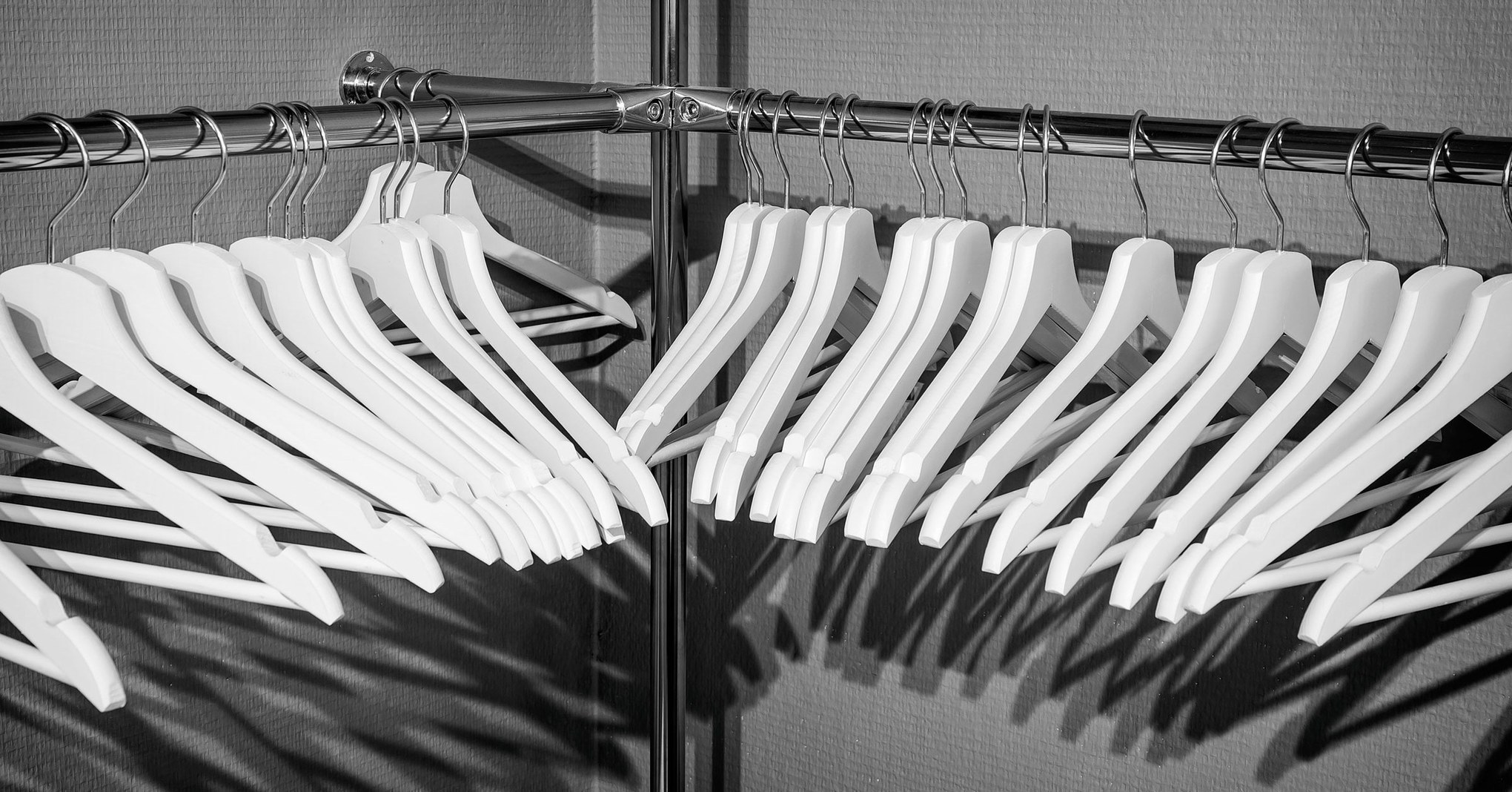If I was going to curb my consumerism, clothes seemed like a good place to start. The fashion industry puts a lot of stress on the blue marble we call home. According to a report from the Ellen Macarthur Foundation, the carbon footprint from textiles production in 2015 was greater than the CO2 equivalent of international flights and shipping combined. Our record for waste is no better: It’s estimated that more than half of the "fast fashion" produced around the world is thrown out in under a year.
OK, so, my singular avoidance of buying new clothes in the socially conscious Bay Area means very little in the big picture. But it was less about the act of shopping—I’ve never much liked it anyway—and more about a shift in thinking around ownership. Even before reading the New York Times piece, before Marie Kondo’s book and Netflix show, I was feeling terrible about owning things I wasn’t using. This new experiment became the textile equivalent of an app-tracking dashboard that exposed how much time I was wasting on my smartphone: I couldn’t stop wearing clothes entirely, but I could be a lot more thoughtful about how I did it.
Rent Is Due
Like the Times writer Ann Patchett, I made exceptions to my own rules. I have problem feet (likely due to years of playing basketball), so I opted to buy new running sneakers that fit properly instead of the uncomfortable used Nikes I found at a consignment shop. At one point I bought a new wetsuit, so I wouldn’t freeze in the Pacific surf. When my friends had babies, I often sent new, miniaturized clothing items as gifts, and when a last-minute video shoot for work required a wardrobe item, I ran out and bought two new but inexpensive shirts.Otherwise, I shopped at local consignment shops and Goodwill, scoured ThredUp and Poshmark, and eventually, hopped aboard the Rent the Runway train.
Rent the Runway launched in 2009, and for a long time was focused on one-off rentals. Going to a gala? Rent a dress and wear it once. It was and still is a dream service for anyone who attends a lot of weddings.
My own experience with one-time RTR rentals has been mixed. Last summer, I used the service to secure a formal dress before heading to a friend’s nuptials in the mountains. The package arrived past its scheduled date, so I panicked and bought something else in the meantime, not knowing what shopping opportunities there would be at our final destination. (Rent the Runway issued a credit to use in the future as an apology for the delayed package). When I arrived at the wedding, another woman there told me she, too, had run into a problem with her RTR delivery.
But Rent the Runway’s monthly rental service—not for formalwear but for business attire—has been more useful than I could have imagined in this year of no-new-clothes. Since last May, I’ve been using the Update plan, which sends four clothes item each month. They arrive in a garment bag with a prepaid UPS label for returns. They smell delightful, and they are often things I never would have bought myself but finally have the ability to try. There’s also an Unlimited plan, which includes four items but doesn’t require you to send them back within a certain timeframe. You can swap out clothes when you feel like it. Two days later, you get new stuff.
As its name suggests, Rent the Runway’s inventory is firmly upmarket. Update costs $89 per month. Unlimited is $159 per month. If you love the idea of wearing Jason Wu, Derek Lam, Kate Spade, Diane Von Furstenberg—and having the option to buy from designer labels at a steep discount later—then, sure, it’s a steal. For many people, including those who buy secondhand because that’s what’s in their budget, those monthly RTR fees are still more than they’d pay for clothing in any given month.
Sourced through Scoop.it from: www.wired.com



Leave A Comment